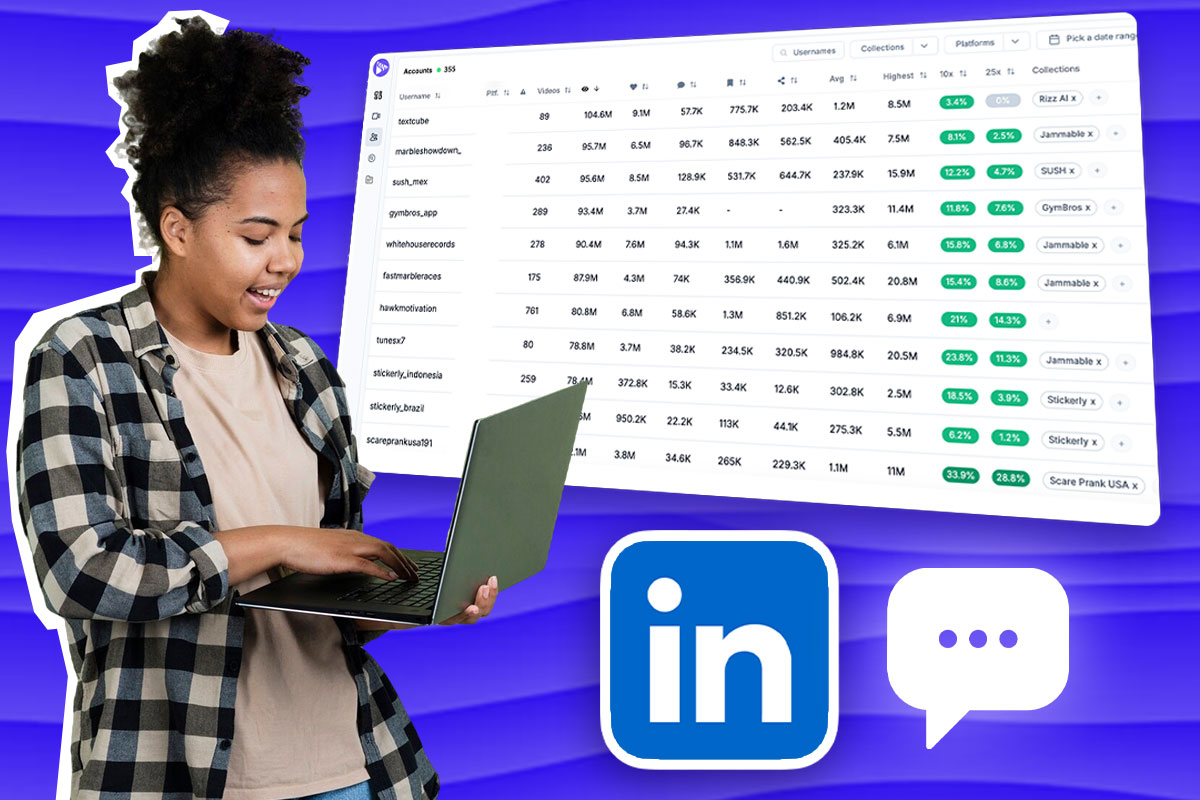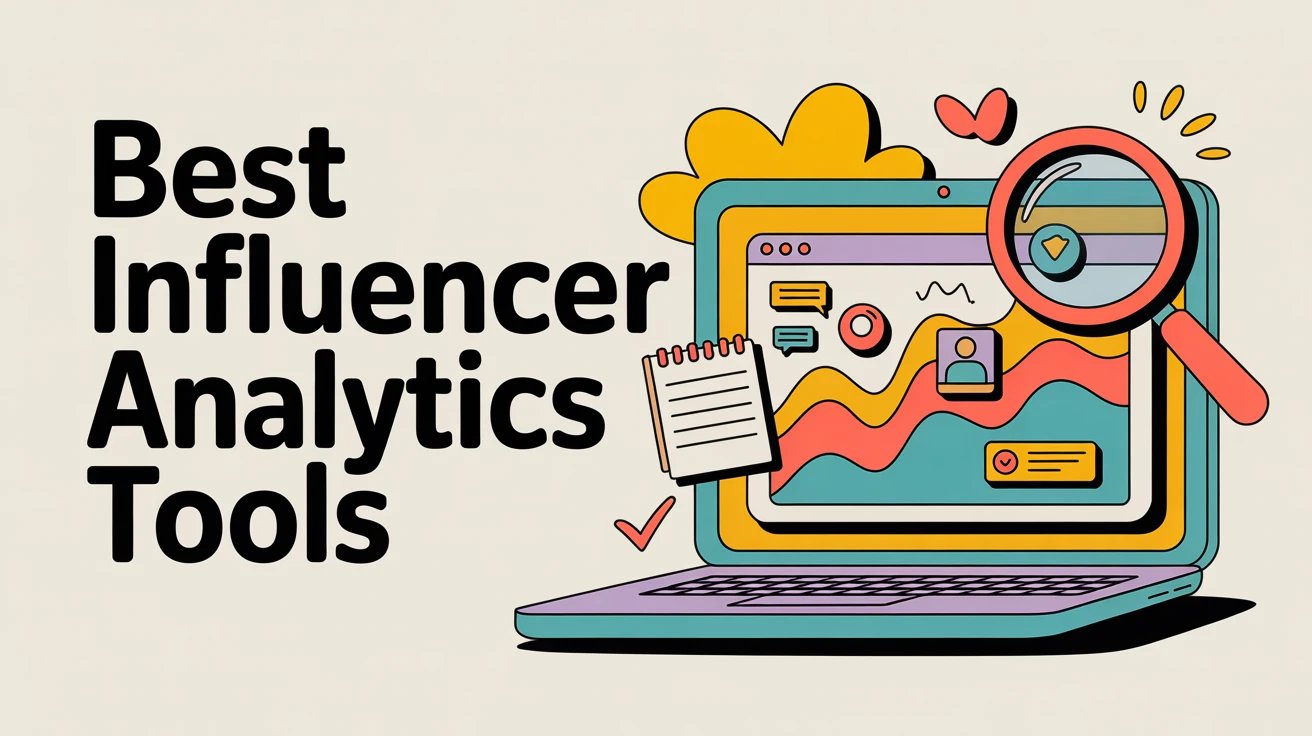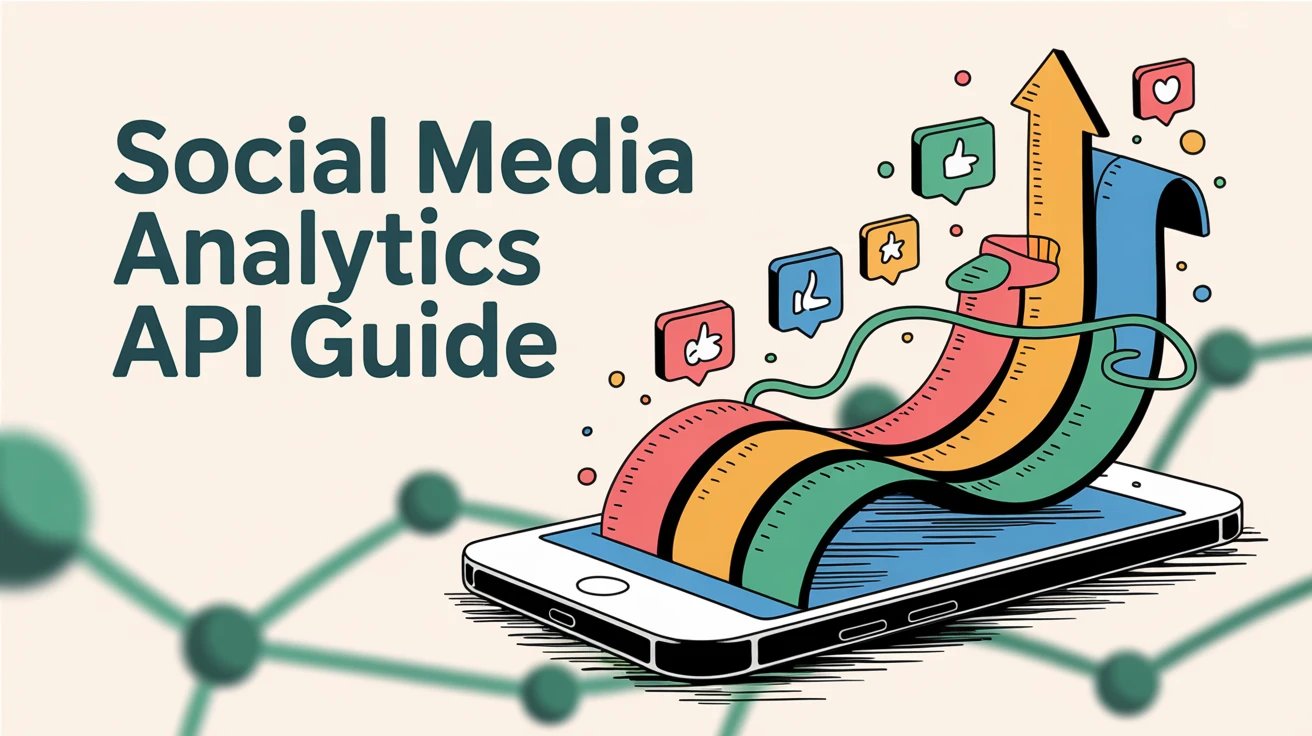Among various platforms, LinkedIn stands out as the leading social network for B2B businesses, providing valuable insights into customer sentiments, industry trends, and competitive landscapes. However, while monitoring LinkedIn comments is definitely a great starting point, it represents just a fraction of what social media monitoring can offer.
This article explores why social media monitoring is essential for B2B, how LinkedIn plays a pivotal role, and what strategies businesses should adopt for maximum impact.
The Importance of Social Media Monitoring in B2B
Social media is no longer just a platform for brand awareness; it has become a key decision-making tool in B2B marketing. According to the Content Marketing Institute, 95% of B2B marketers use social media for content distribution, and 89% say LinkedIn is their most effective channel for lead generation.
Key Benefits of Social Media Monitoring for B2B
Understanding Customer Sentiment – By analyzing discussions, feedback, and engagement, businesses can gauge how their target audience perceives their brand, products, and services.
Tracking Industry Trends – Monitoring social media helps B2B businesses stay ahead of the competition by identifying emerging trends, customer pain points, and new opportunities.
Competitor Analysis – Understanding what competitors are doing and how their audience is responding can inform a company’s own marketing strategy.
Measuring Campaign Performance – Social media monitoring allows businesses to track the effectiveness of marketing campaigns in real time and make data-driven adjustments.
Generating Leads – Engaging with conversations beyond just direct comments can uncover potential clients and partnerships.
Why LinkedIn Is the Best Platform for B2B Monitoring
LinkedIn’s professional ecosystem makes it a powerhouse for networking, thought leadership, and industry discussions. Unlike platforms like Facebook or Twitter, where content is often casual or entertainment-focused, LinkedIn fosters meaningful business discussions and professional relationships.
However, relying solely on LinkedIn comments to understand audience behavior is not enough. Many valuable insights come from engagement metrics, post shares, reactions, and external discussions that happen outside direct comment sections.
Learn why influencer tracking can be your ultimate tool for managing brand reputation.
Beyond LinkedIn Comments: A Holistic Approach to B2B Social Media Monitoring
- Tracking Engagement Metrics
Instead of focusing only on comments, businesses should analyze:
Likes and reactions – Understanding which types of content generate the most positive reactions can help refine content strategies.
Shares and mentions – If content is being widely shared, it means the message is resonating.
Click-through rates (CTR) – Monitoring the number of users who click on links in posts can measure content effectiveness.
- Sentiment Analysis
Simply knowing the volume of engagement is not enough—understanding the sentiment behind it is crucial. Sentiment analysis tools use AI to determine whether discussions about a brand are positive, negative, or neutral.
For example:
- If a LinkedIn post about a new product receives many likes but also has negative comments, sentiment analysis helps uncover underlying concerns.
- AI-powered tools like Brandwatch, Sprout Social, and Shortimize can analyze large volumes of LinkedIn discussions to detect shifts in customer sentiment.
- Competitor Monitoring
Observing competitors’ LinkedIn activity can provide insights into industry trends and potential gaps in the market. Key areas to monitor include:
- What type of content competitors are posting (case studies, webinars, reports, etc.).
- Engagement levels on their posts (which topics drive the most interactions).
- How their audience responds to product launches or industry news.
For example, if a competitor’s LinkedIn video receives significantly more engagement than traditional blog posts, it could indicate a shift in content preferences.
- Identifying Industry Trends
Keeping track of trending discussions, hashtags, and influencers can help businesses align their messaging with current industry conversations. LinkedIn’s “Trending Now” feature and tools like BuzzSumo can help businesses discover relevant discussions and tailor their content strategy accordingly.
Since engagement on LinkedIn videos is significantly higher than other content formats, monitoring video performance metrics—such as watch time, audience retention, and shares—is critical for B2B marketers.
Businesses should pay attention to which types of video content perform best:
- Short explainer videos (1-2 minutes)
- Webinars and live Q&A sessions
- Customer testimonials
- Thought leadership videos from executives
By integrating video analytics into their social media monitoring, B2B brands can refine their content strategy for maximum reach and impact.
Challenges in Social Media Monitoring for B2B
Despite its benefits, social media monitoring comes with challenges:
Data Overload – With millions of conversations happening daily, filtering relevant data can be overwhelming.
Lack of Integration – Only 19% of B2B organizations have a coordinated social media strategy across departments (Forrester).
Slow Response Time – Monitoring social media in real time requires dedicated resources and the ability to respond quickly.
Shifting Algorithms – LinkedIn’s algorithm constantly evolves, making it difficult to maintain organic reach without adjusting strategies.
To overcome these challenges, businesses should invest in AI-driven tools that automate data collection, categorize insights, and provide actionable recommendations.
Tired of keeping up with posting schedules and managing multiple platforms? Here are the top social media scheduling tools for effective brand management.
Final Thoughts
Social media monitoring is a powerful tool for B2B businesses, but relying only on LinkedIn comments is a missed opportunity. A comprehensive strategy should include engagement analysis, sentiment tracking, competitor monitoring, and trend identification.
By implementing a data-driven social media monitoring strategy, B2B businesses can stay ahead of competitors, strengthen brand positioning, and engage their target audience more effectively.


